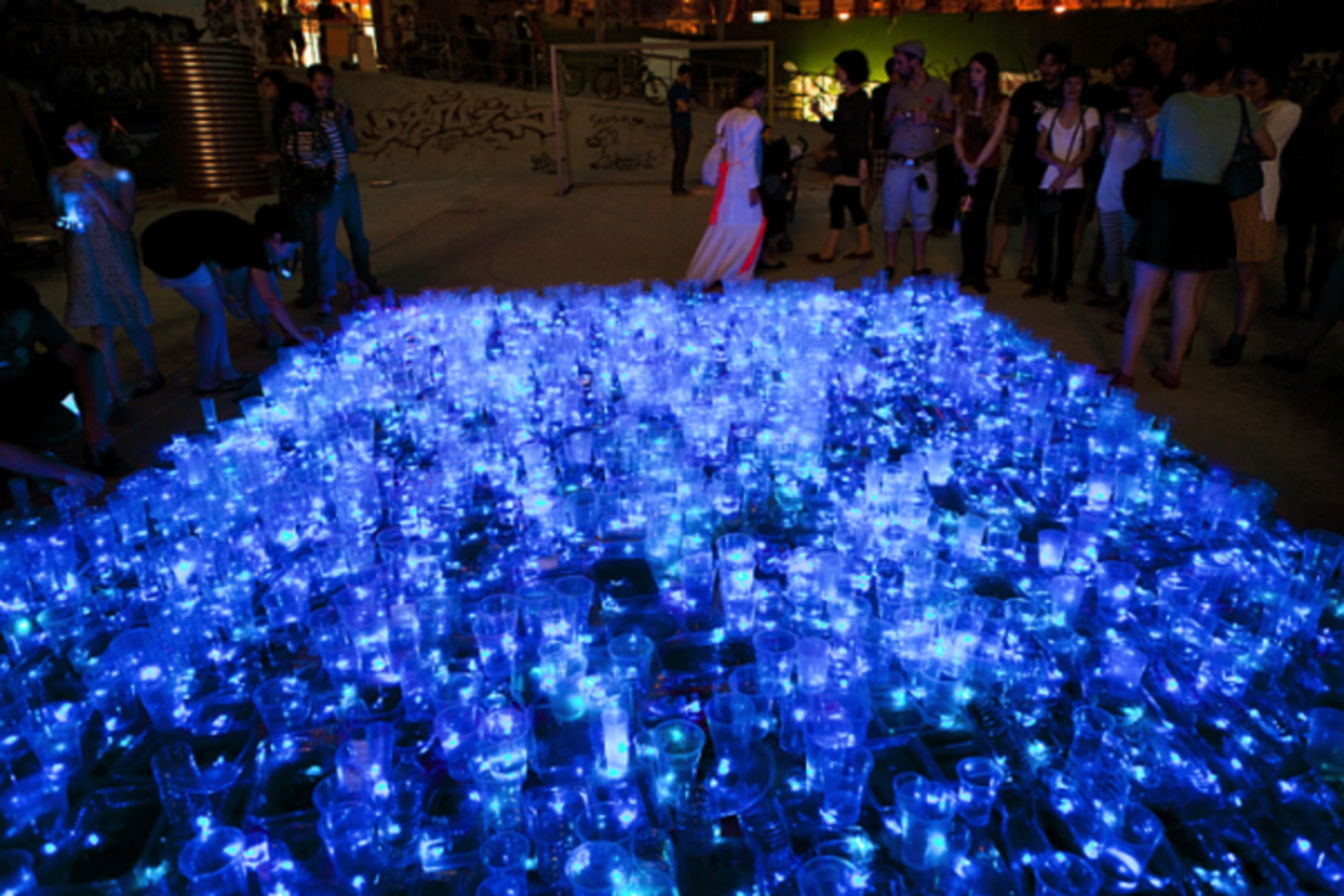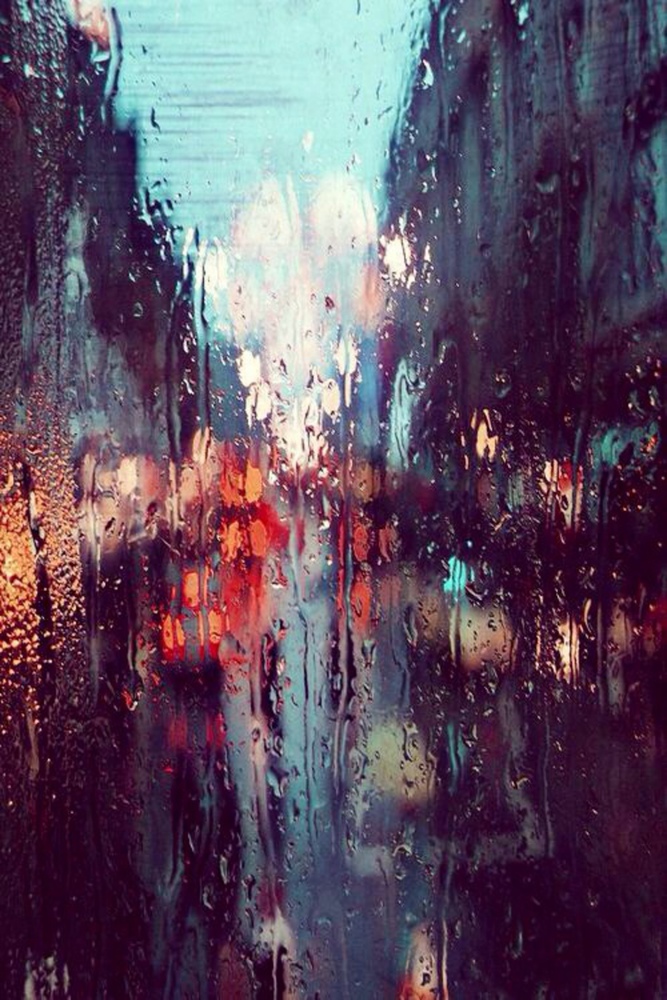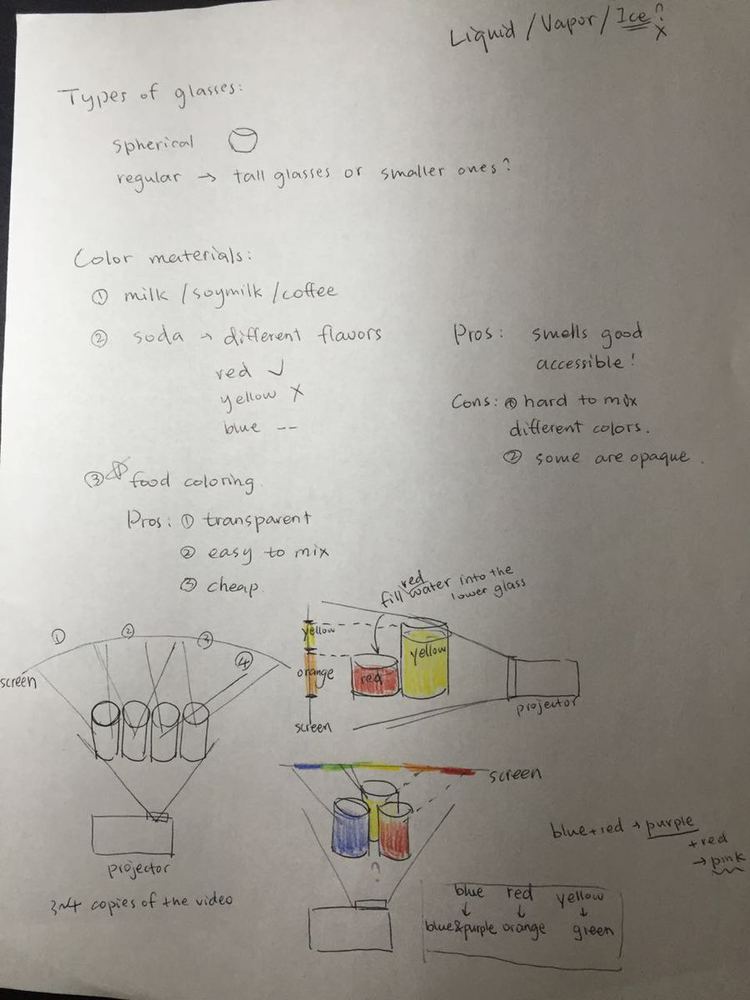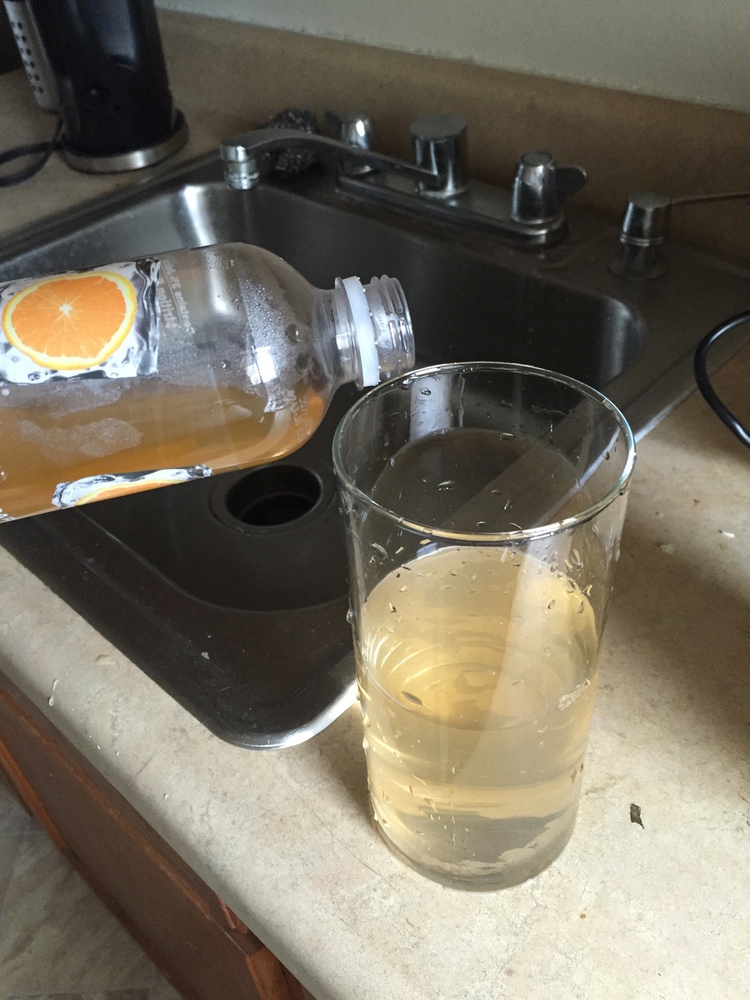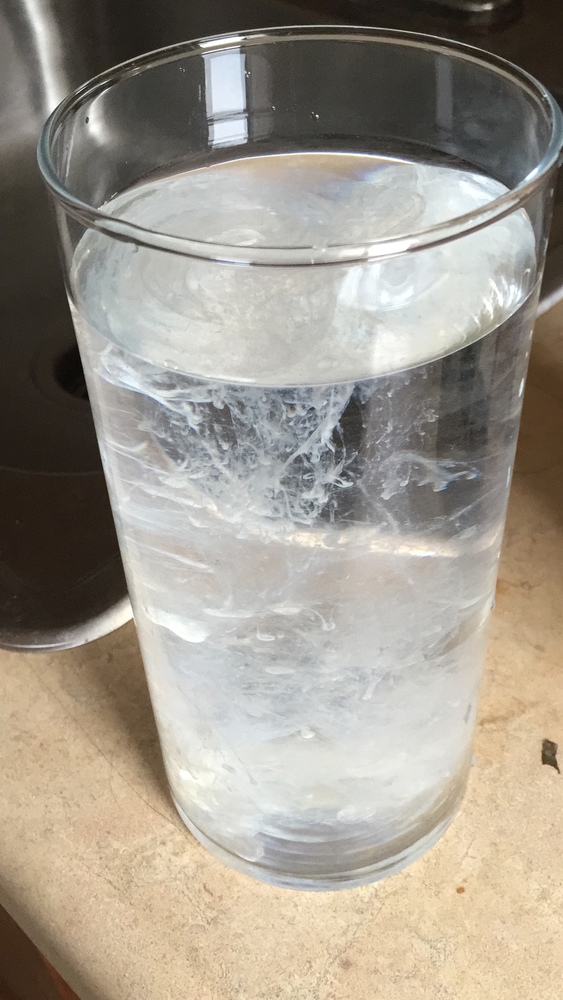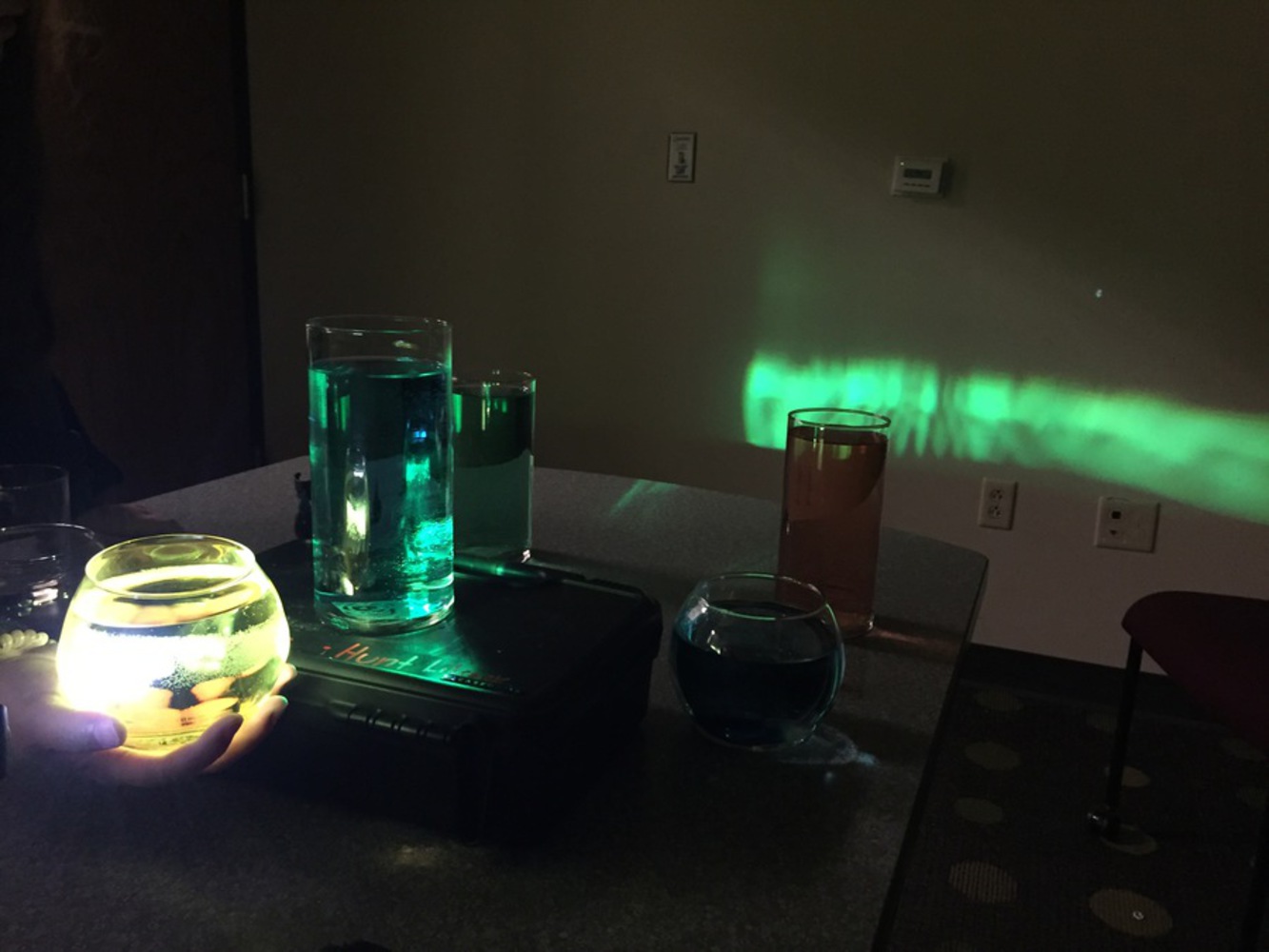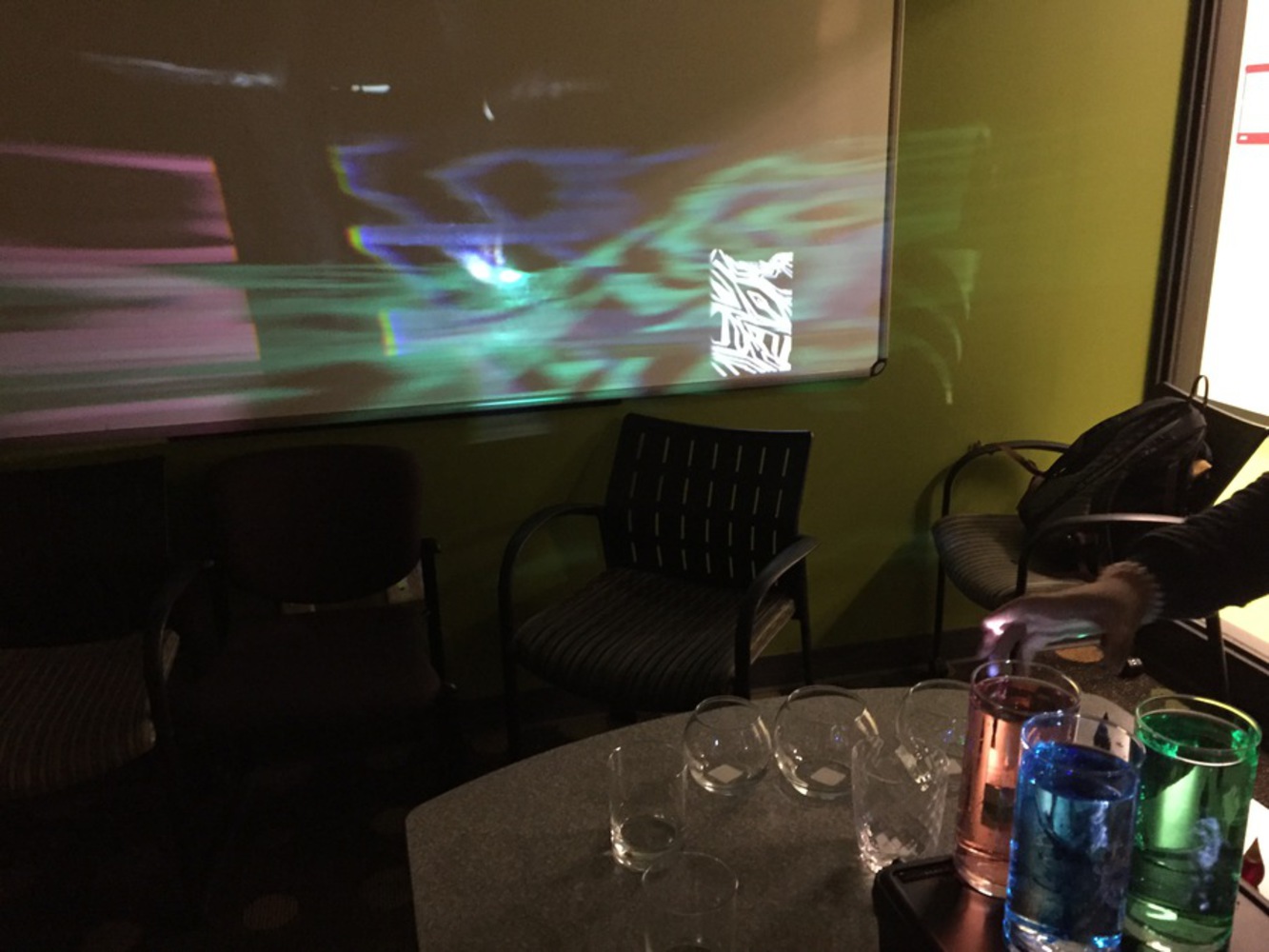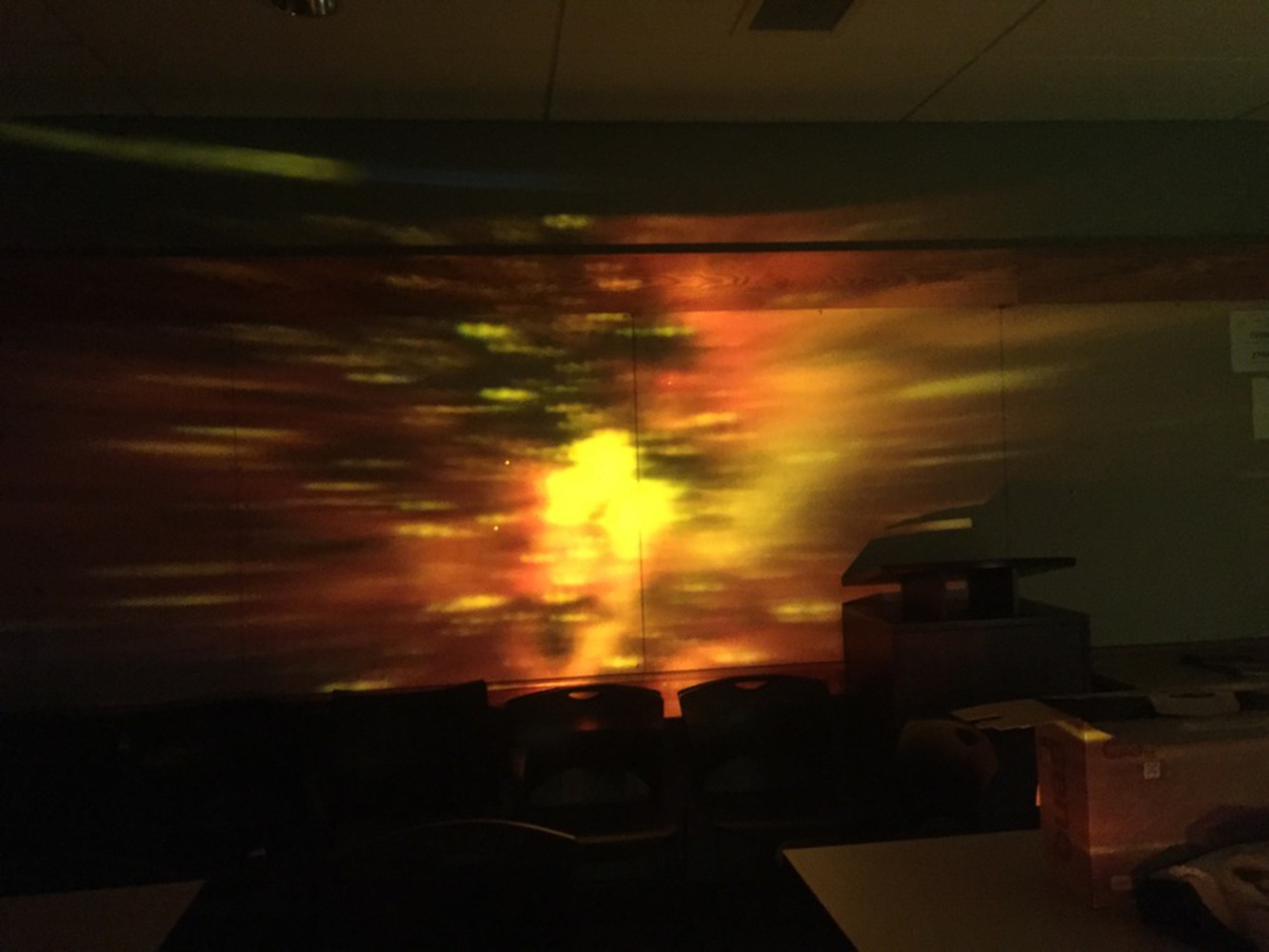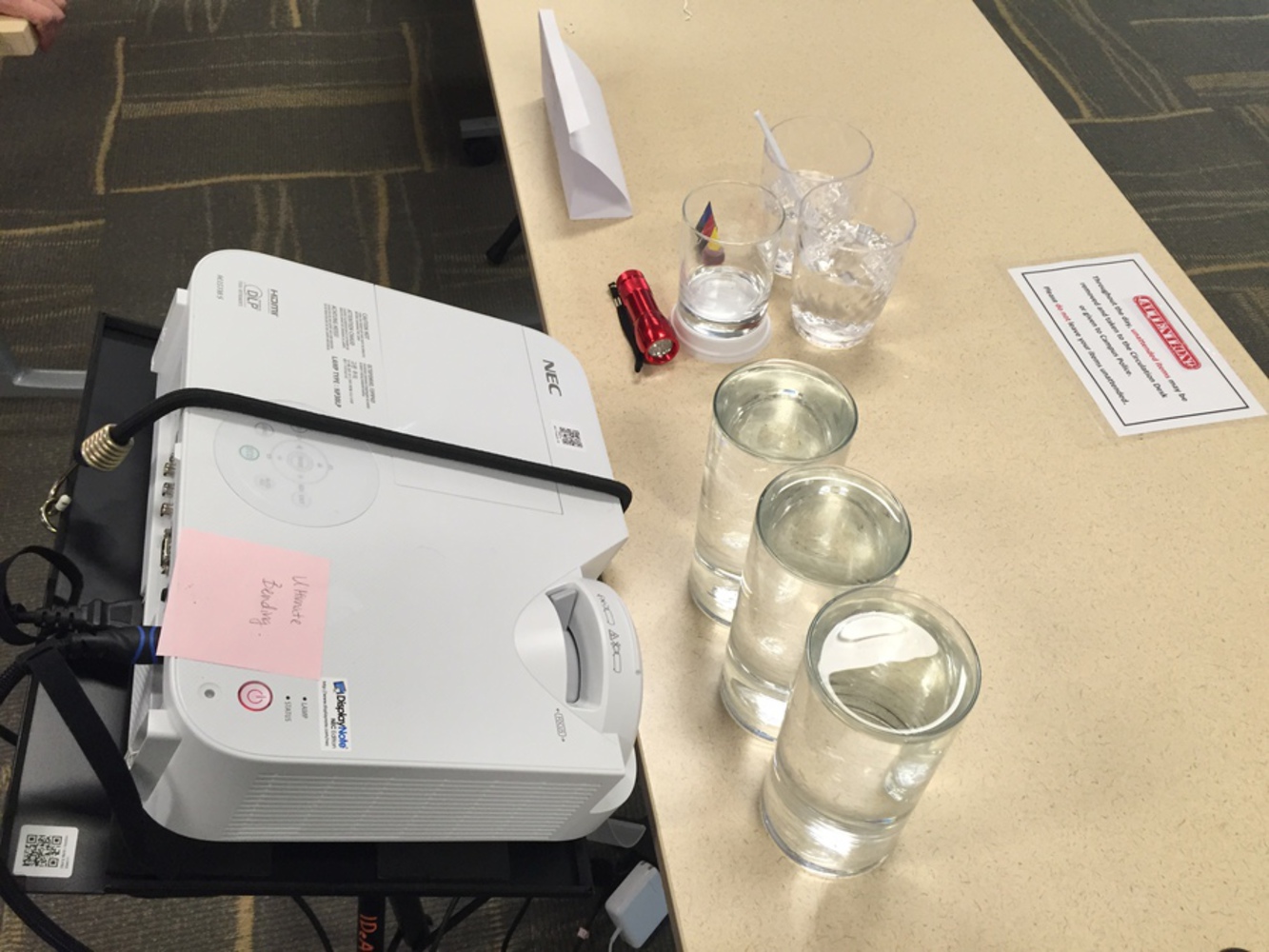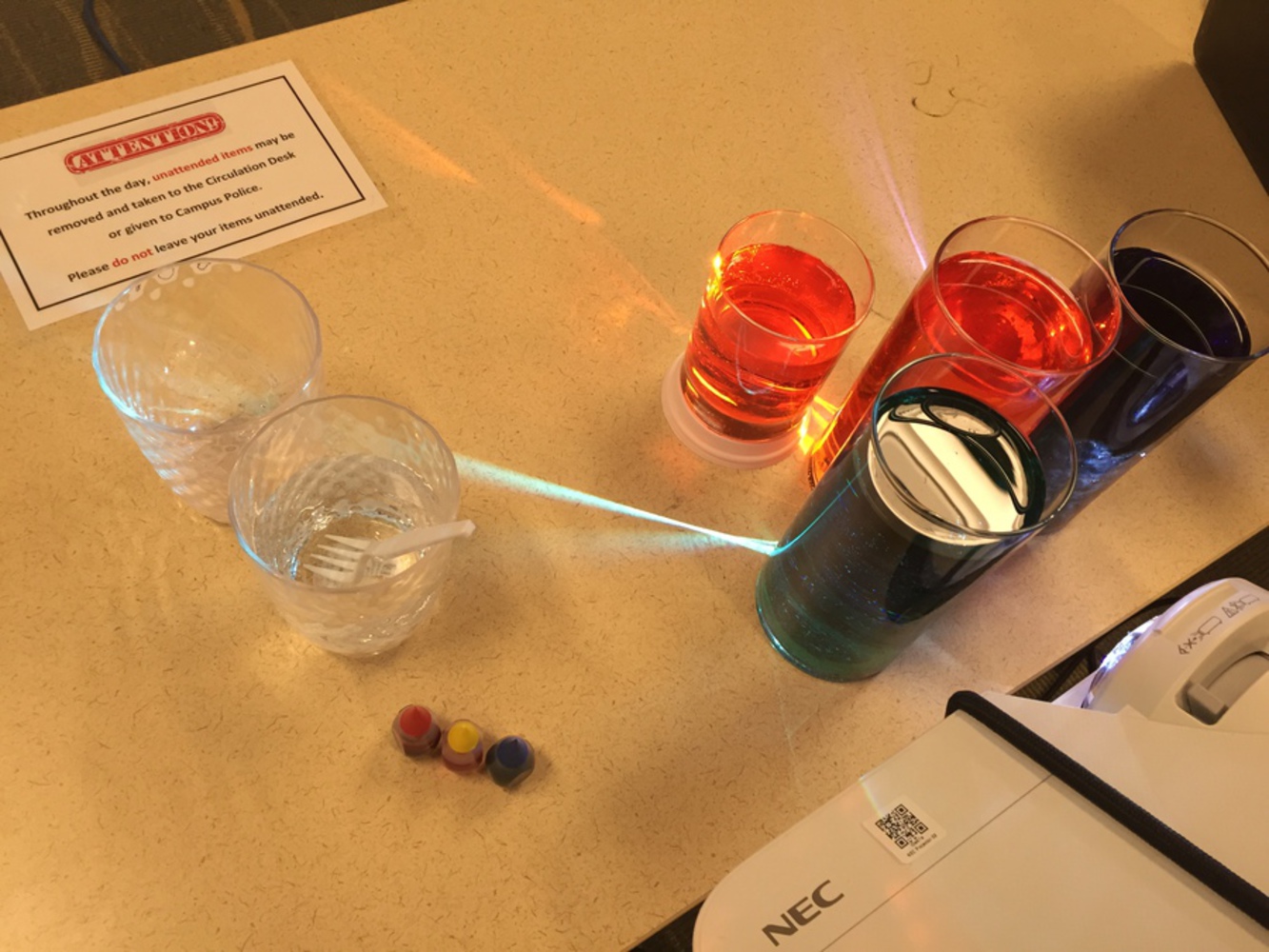Process
Initially we wanted to use colorful LED lights as digital media, and installed these lights under glasses of water to make them glow and reflect. However, the idea was preliminary since it did not contain any explicit digital media, and it did not involve our major material, water, very much. We still kept the idea of incorporating colors to water, but decided to remix videos on our own as a more complicated digital media.
In order to emphasize water as a media, we decided to use black-and-white videos so the colors in the water could stand out on the suggestion of Kevin. After testing both realistic videos (old black-and-white movies) and abstract videos (kaleidoscope-like mashups), we felt that abstract videos were more tolerant with different colors. In other words, since an abstract movie did not have a certain theme like real-person movies did, it was like a blank paper and allowed the colorful solutions to add their own color "messages" to it. Therefore, we decided to go with the current one with dynamic abstracted black and white shapes.
Besides the decision of the video theme, we also debated about how we give color to water. Soft drinks with different flavors (that is, different colors) were very accessible, but their density were pre-determined and therefore it was difficult to create the color we wanted. Milk was a seemingly interesting choice, but it only made the water opaque and full of suspending particles, which we did not want. Though both choices did not work out, they reminded us of using food coloring to solve the problem. After testing the three basic colors of food coloring dye, we felt that food coloring was the best choice to color the water since we could easily produce new colors and adjust the density simply by giving more or less drips.
It also took a long time testing the installation. We experimented with the positions of the several glasses, and found that if we arranged them three in a row, each glass of water would have its own projection on the wall and create a beautiful large-scale spatial experience; and if we arranged them in triangular positions, the scale would be smaller but more interval colors could be presented on the screen (as shown below). We decided to perform both arrangements in the showcase.



